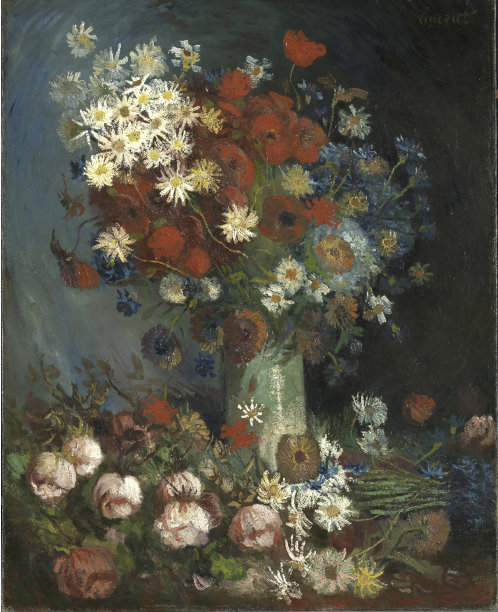from the article:
The fates of prominent Communist Party officials Bo Xilai and Zhou Yongkang point up the clash between economic reformers and Maoist traditionalists.
Reporting from Beijing—
State media reported this week that 3,300 party cadres from the security apparatus would be sent to Beijing for ideological retraining. The order was unusual enough, but even more so was the fact that the report omitted mention of internal security czar Zhou Yongkang, who heads the Political and Legislative Affairs Committee that is recalling the cadres.
Zhou, a member of the Politburo Standing Committee and until now one of the most powerful men in China, had been the committee's strongest backer of Bo Xilai, the Communist Party secretary of Chongqing who was removed from his post last week. Some overseas Chinese-language Internet sites carried wild (and unsubstantiated) rumors that Zhou and Bo, a popular figure among Maoist traditionalists, had tried to stage a coup.
A level of edginess was apparent this week in the unusually large security presence in central Beijing, complete with armed SWAT teams in some subway stations.
Jin Zhong, a veteran political analyst based in Hong Kong, dismissed the more fantastic rumors, while acknowledging the underlying tension between economic reformers and Maoist traditionalists.
"It hasn't reached the point where you are going to hear gunshots. It is not like when China arrested the Gang of Four in 1976, but there is a very strong conflict going on," Jin said.
Zhou had been a strong supporter of Bo's law-and-order campaigns in Chongqing, where thousands were swept up in a gang-busting dragnet and retirees had been gathering in a public park for now-banned patriotic singing and dancing. According to Jin, Zhou made several visits to the Chongqing delegation at the recently concluded National People's Congress, fighting for Bo's political future until the very end.
Like most of China's senior leaders, the 70-year-old Zhou is due to retire at the 18th party congress in October. Until recently, Bo was thought to be a likely replacement. Jin said he doubted that Zhou would be removed from the Standing Committee because he is already set to leave.
"They won't touch anybody on the Standing Committee before the congress. It is too risky. They've put in a big effort trying to present a picture of stability," Jin said.
Given the opaque nature of the Chinese Communist Party, only whispers and hints of turmoil are being reported in the Chinese press. But the topic is feeding a furious rumor mill on blogs. Numerous reports have appeared in Taiwan and Hong Kong as well as on Chinese-language news sites run out of the United States.
The Mingjing News, a U.S.-based news portal, reported that Bo had been scheming with Zhou to prevent vice president and heir apparent Xi Jinping from being confirmed as President Hu Jintao's successor. It also reported that Bo purchased 5,000 rifles and 50,000 rounds of ammunition through the Chongqing Public Security Bureau, causing nervousness in Beijing.
Bo, 62, a charismatic populist, was fired as party secretary for Chongqing on Friday while he was in Beijing attending the National People's Congress, the annual legislative session.
"They wanted to do it when he was in Beijing to avoid trouble. Historically, this is the way they'd handle warlords who'd gotten their own militias," said Zhang Ming, a political scientist at People's University in the capital.
Chinese censors have been hurriedly trying to remove political gossip from the Internet, leading people to come up with creative nicknames for their leaders. Zhou has been nicknamed for a popular brand of instant noodles, giving rise to numerous reports that "the noodles have been taken off the shelf."
"We are in a black box. Everything is happening behind the curtain, so people come up with their own stories," Zhang said.
barbara.demick@latimes.com
Chinese Internet Companies Punished for Spreading Rumors
http://www.techinasia.com/sina-tencent-weibo-punished-spreading-rumors/
see also a blog by the same author: http://ChinaGeeks.org

























